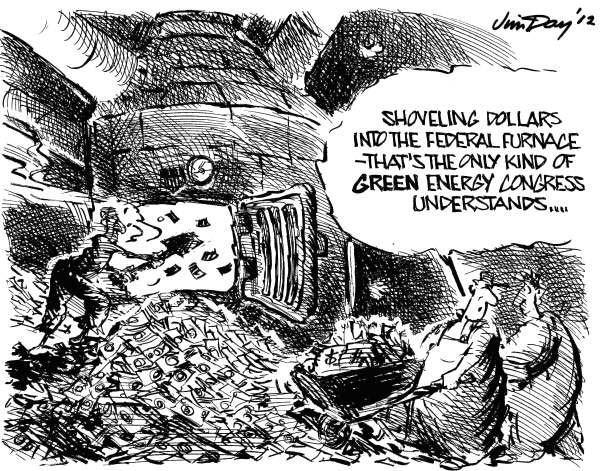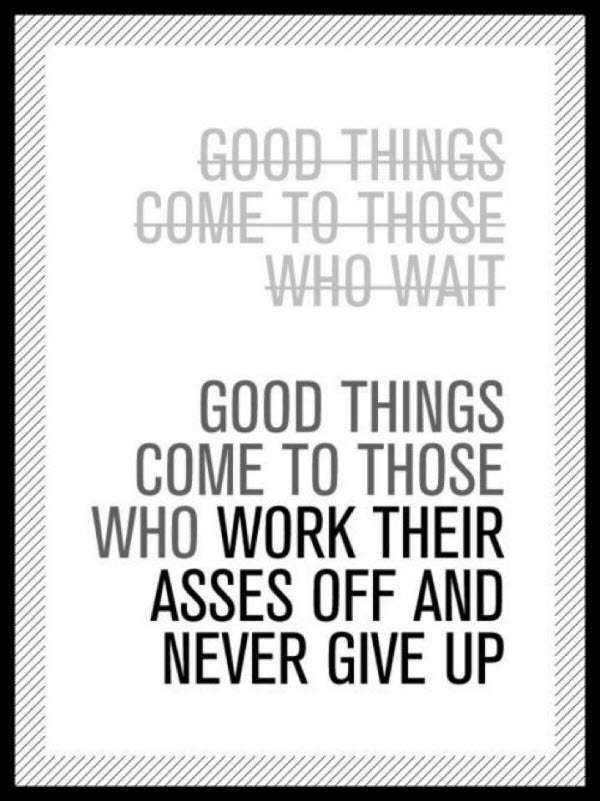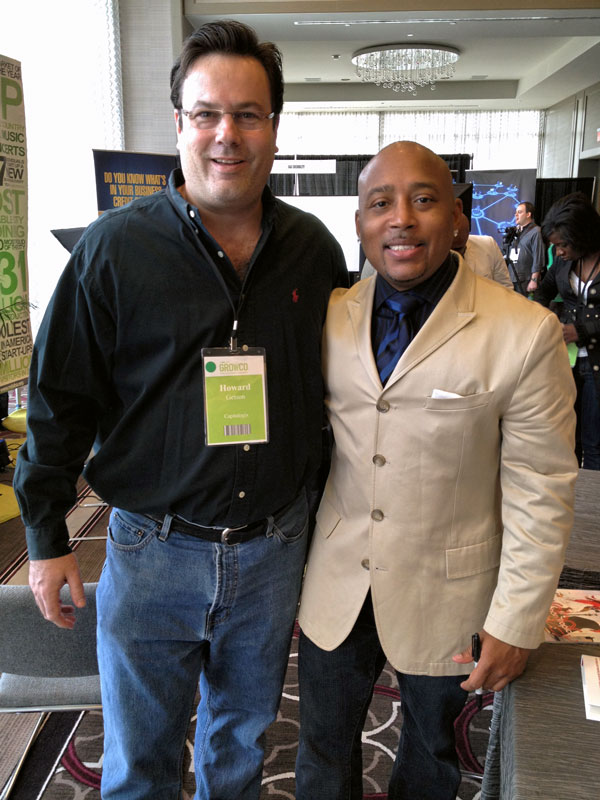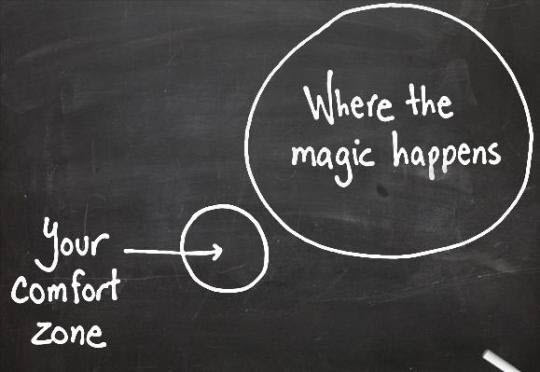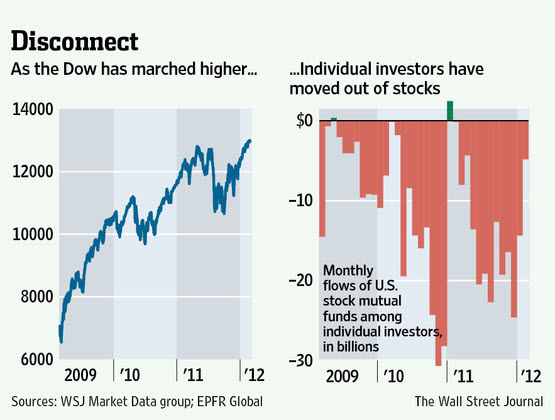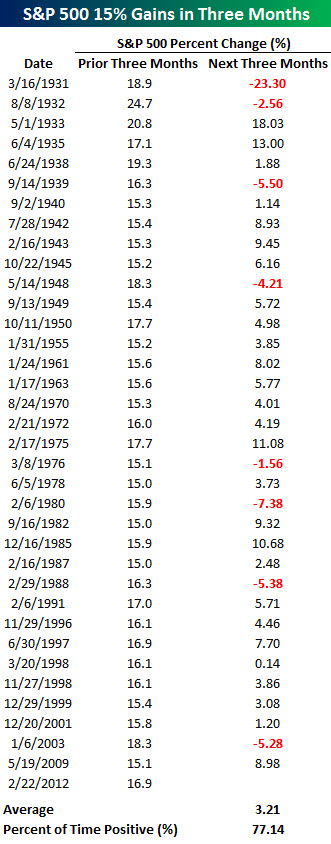Energy Policy and Green Energy have been in the news recently. Here is a cartoon poking fun at the situation. It's called "Feeding the Federal Furnace."
Here are some of the posts that caught my eye. Hope you find something interesting.
- The Five Stages of Strategic Grief. (HBR)
- Reid Hoffman's 10 Rules for Entrepreneurial Success. (Entrepreneur)
- 6 Surprising Things Social Media Can Predict. Why to mine social media. (TheWeek)
- Why an MRI costs $1,080 in America and $280 in France. (WashingtonPost)
- DataViz Tool Shows You Gaping Holes In Your Password Security. Scary Cool. (FastCo)
- Everything That's Wrong With the Economy in 1 PowerPoint Slide. (TheStreet)
- Central Banks' $9 Trillion Is Global Economic Lifeline. (USAToday)
- Bye-Bye American Pie: The Challenge of the Productivity Revolution. (RobertReich)
- School for Quants: Learning to Calculate Our Future. (FT)
- Amazon Faces Taxing Times. After losing the battle to avoid collecting sales taxes, investors may learn why it fought so hard for so long. (WSJ)

